These are the times for which Tu B’Shevat was created. The rabbis who envisioned this holiday were prophetic: They knew we would need to be reminded on a regular basis about howimportant trees are to our lives. And trees have never been more important to our survival than they are today.
Trees heal and protect us. They are our planet’s life support system. In our collective ignorance, we’ve unwittingly done so much damage to the natural systems upon which our lives depend that their ability to support us has been severely compromised. Climate change is just one consequence unfolding today.
So what do trees do? Most of us know they produce oxygen and take in carbon dioxide. Less obvious is the crucial role trees and forests play in moderating climate, preventing floods, filtering water pollution, ensuring water supply, lowering energy demands and preventing skin cancer.
Trees don’t ask for anything as they perform these services. As a result, humans forget how important they are. When we forget or no longer understand our need for trees and forests, we also neglect the need to plant, nurture and protect them. The result? Havoc.
Throughout history, as civilizations have forgotten and allowed forests to be destroyed, they’ve perished. It’s a fairly simple cycle. When trees and forests are cut down, they are replaced with deserts. Floods, erosion, desertification, drought and famine replace fertile soil, abundance and stability. Our rabbis knew this. People forget.
Today, climate change provides an urgent reminder of the connections between trees and life support. At the most basic level, more trees equals more carbon dioxide removed from the atmosphere.
But in Los Angeles, trees do much more. As trees shade asphalt surfaces, they reduce overall urban temperatures. Properly planted trees can reduce the “urban heat island effect” by as much as 10 degrees Fahrenheit. As trees shade buildings, they reduce our need for air conditioning. One mature tree located for maximum shade can reduce a homeowner’s energy bills by as much as 10 percent.
Perhaps even more important is trees’ potential for reducing what is the largest single use of electricity in the state of California — the 20 percent of our state’s energy required to run the pumps that bring water to Los Angeles.
But don’t Los Angeles’ trees use this water? To some extent they do. But over their lifetime, if appropriately planted and cared for, trees can provide amazing water conservation services. Essentially, trees recharge our groundwater. Think of them as nature’s sponges.
Imagine a typical L.A. winter rainstorm. First picture the water as it hits our typical cityscape of driveways, parking lots and streets. The drops hit the ground and quickly surge, picking up toxins and trash and washing through storm drains into the sea, polluting, wasting and costing taxpayers more than $1 billion a year in water and flood control costs.
Now picture this rainwater as it lands on a tree. Imagine a healthy, mature tree — one surrounded by mulched earth. Here the rain’s fall is broken as it hits the canopy of leaves, where it is softened and slowed down. From there, the water drips gradually into the ground, cleaned and filtered through the soil as it goes.
A very large, mature oak tree (with a 100-foot diameter canopy) in a deeply mulched setting can retain as much as 57,000 gallons of water — two swimming pools’ worth — over an average year. That’s water that, if allowed to soak into our local aquifer, could help replace the water we transport (with fossil fuels) from the Colorado River and other distant sources.
What I’ve just described is the forest’s natural water cycle — it’s what operated in our region before we came along and in our ignorance, disregarded, overpaved and broke it. At TreePeople, the organization I’ve led for more than 34 years, our dream is to restore this cycle and in the process heal our city and make it sustainable.
How do we do that? We are working with volunteers from communities across the county to literally break up the concrete and asphalt and put the forest back in place. We are educating people about all the things that a forest can do and engaging them to bring those natural cycles back.
Clearly we have a big job. At one time, Los Angeles was a lovely, natural ecosystem. Now the city is two-thirds paved.
We have become one of the most unsustainable urban areas on the planet. But we can turn that around. And it can start with you this Tu B’Shevat if we take Tu B’Shevat to heart and engage in stewardship and healing of nature, so that nature can heal and protect us.
Everyone can play a role in this healing. You can plant trees in your home landscape, schoolyards, streets and parking lots. You can do this as an individual, a family, a congregation, business or club. You can plant fruit trees with low-income families to help increase their access to nutrition. You can work with your neighbors to green and beautify your neighborhoods and restore your connection with community.
You can also be an advocate for sufficient county and city funding to ensure that public trees are properly cared for.
To successfully do this healing work requires learning the tree lessons we’ve forgotten and adding new skills of community engagement to ensure the new trees can both survive and thrive.
TreePeople can be a resource. We provide training, tools, resources and volunteers to help people bring green to schools, streets, parks and damaged natural areas.
These truly are the times Tu B’Shevat was created for. To honor the deepest intent of the holiday, consider making a deeper commitment to trees and the environment. Consider making it a priority to heal and restore our natural systems all year round. In the balance is a chance to repair the significant damage we’ve done, and a chance to be a healing force that benefits us all.
Andy Lipkis is the founder of TreePeople.






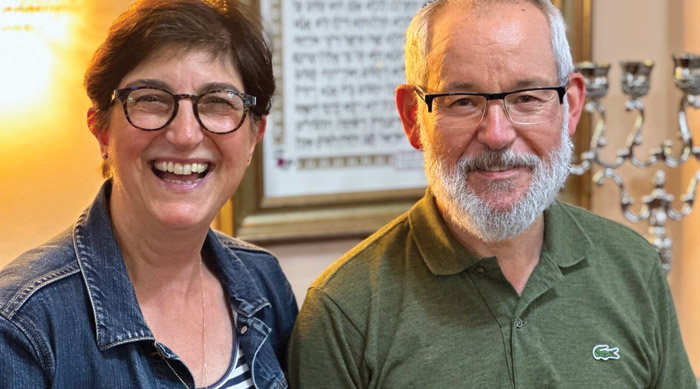

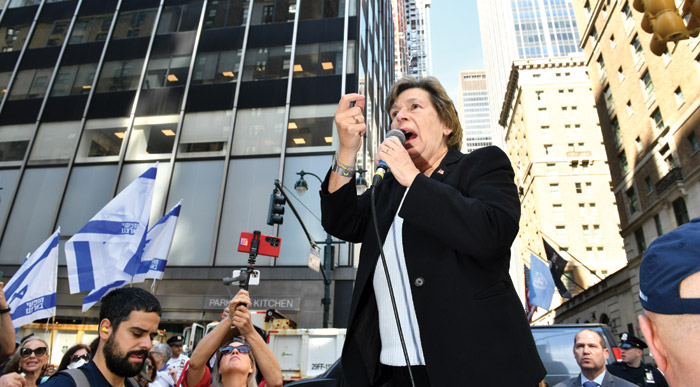
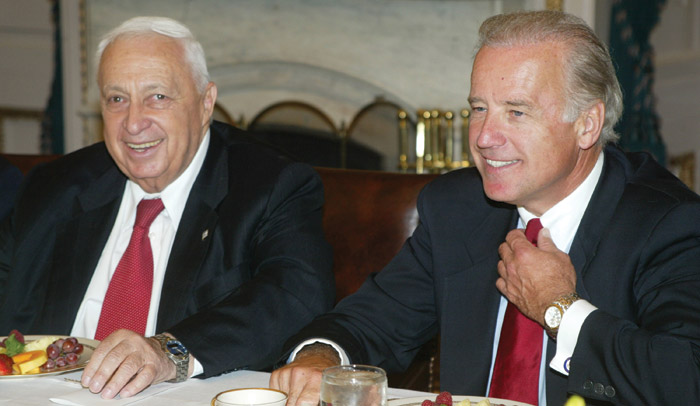
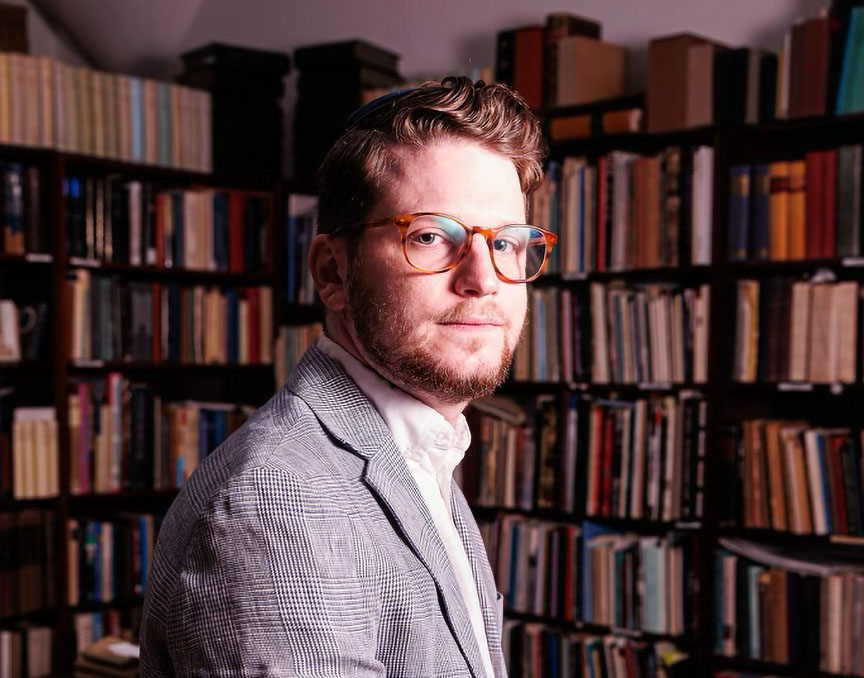

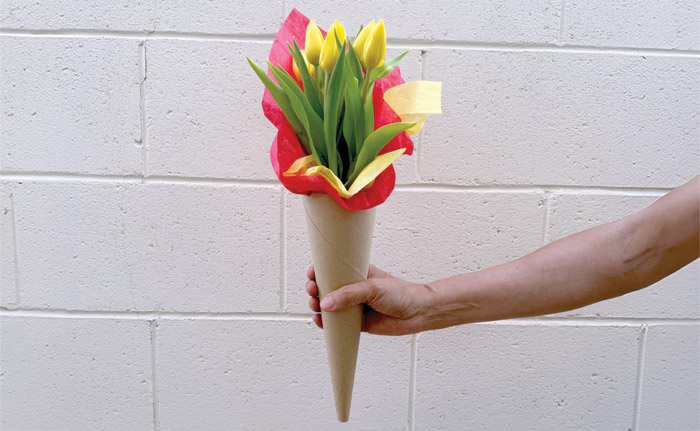

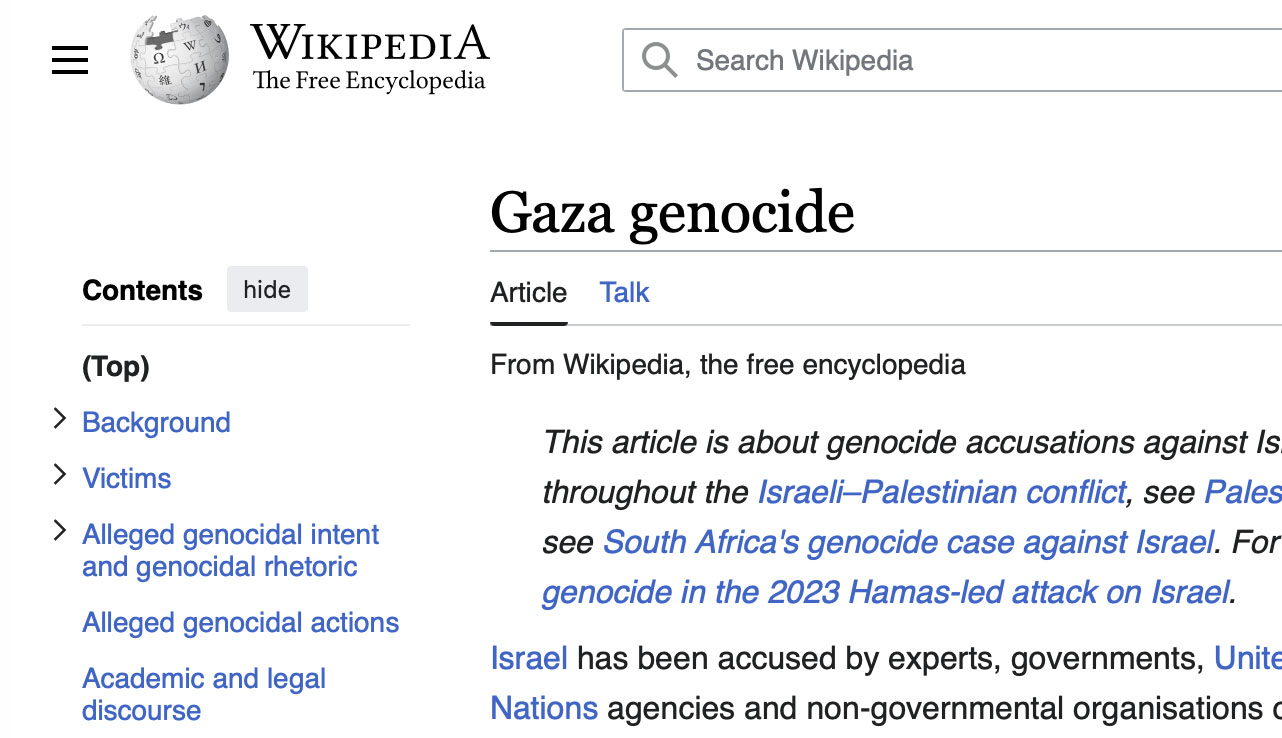
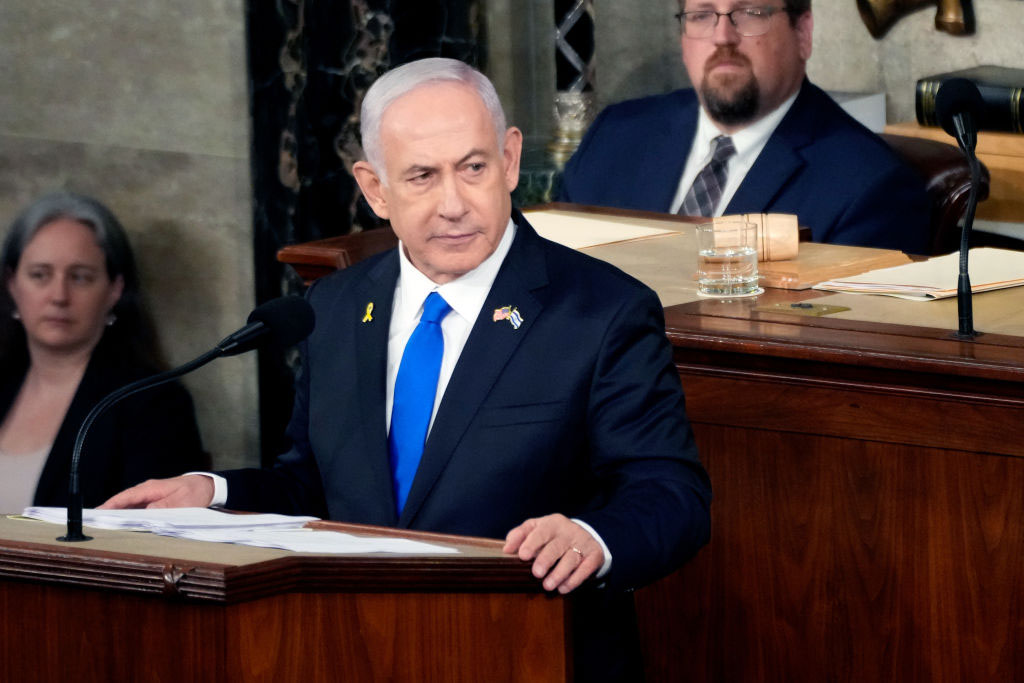



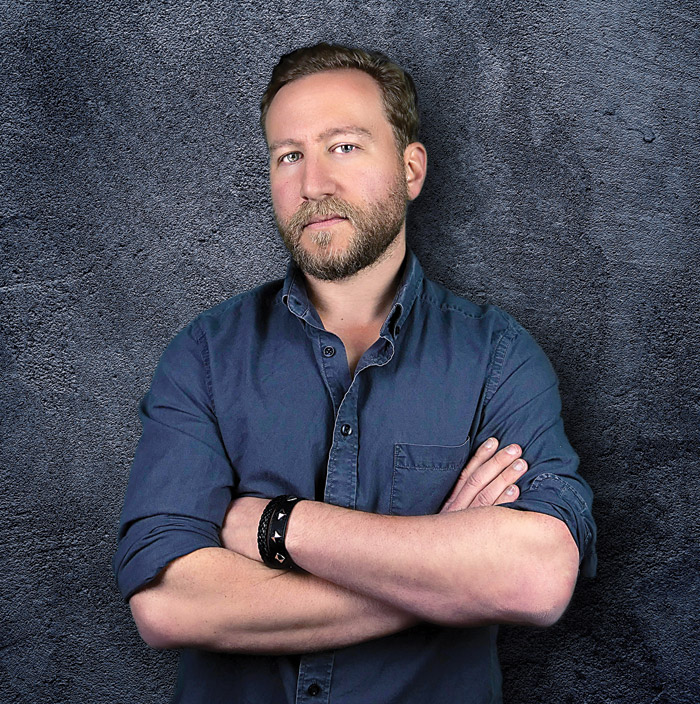

 More news and opinions than at a Shabbat dinner, right in your inbox.
More news and opinions than at a Shabbat dinner, right in your inbox.